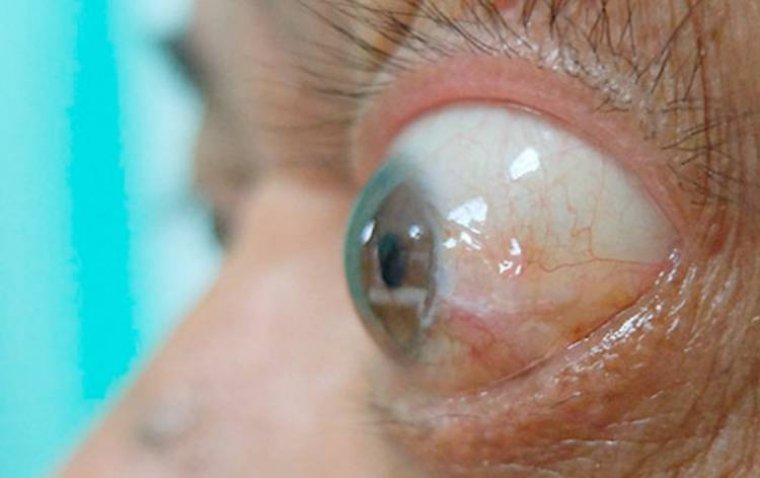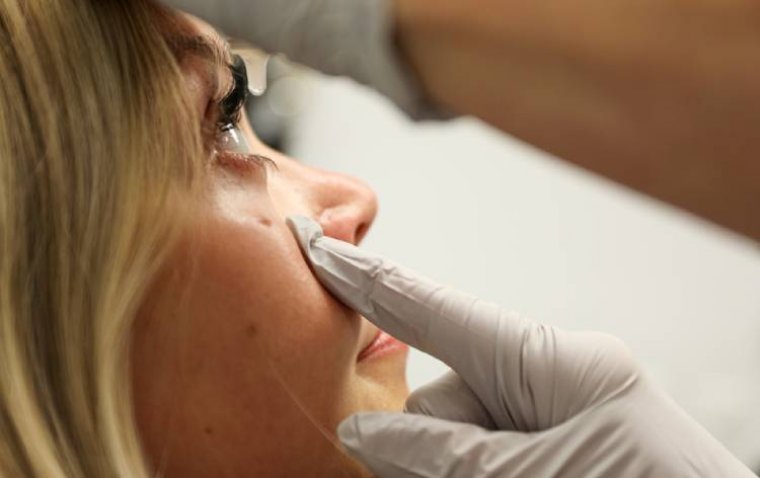
Ptosis Surgery
Ptosis is when the upper eyelid droops over the eye. The eyelid may droop just a little, or so much that it covers the pupil (the black dot at the center of your eye that lets light in). Ptosis can limit or even completely block normal vision.
Children and adults can have ptosis. Fortunately, this condition can be treated to improve vision as well as appearance.
Ptosis surgery is indicated when there is visual compromise due to ptotic upper eyelids. The patient will frequently complain of loss of peripheral vision or look through their eyelashes.
They may state that visual acuity improves when they physically lift their eyelids with their fingers or forehead muscle.
Excess skin can cause the same problems as the skin can hang over the eyelid margin and obscure vision like a window shade. Surgeons can document the loss of visual field by doing perimetry.
Because ptosis surgery lifts the eyelid, a larger surface area of the eye is exposed, leaving it prone to dryness. This is especially true after frontalis sling fixation. In addition, the eyelid can become inflamed after surgery and may not be able to close completely, also contributing dryness.
Oculoplastic surgeons are experts at ptosis surgery. However, it is not for everyone, according to Andrea Kossler, MD, an assistant professor of ophthalmology at the Stanford University School of Medicine and director of ophthalmic plastic, reconstructive surgery, and orbital oncology service at the Byers Eye Institute at Stanford University in Stanford, California.
Eyelid ptosis is common and can affect over 15% of individuals who are over 40 years of age. In addition, it comes in varying degrees of severity and is mild in most cases.
Ptosis can have a psychological effect, in that it affects how patients look and feel about themselves. It also causes others to have an erroneous impression about the affected person’s physical status, because patients can look tired or aged, Kossler commented.
More importantly, significant degrees of ptosis can affect vision. Age-related, or aponeurotic, ptosis is the most common type of this condition. A common cause of ptosis in young adults in contact lens wear.
Additionally, ocular surgery can result in ptosis, which is reported in up to 10% of patients who have undergone some procedures.
Surgery for Ptosis
The good news is that ptosis is treatable surgically and now may be treated pharmacologically. Ptosis surgery remains the gold standard, although a pharmacologic treatment has entered the market.
Surgery can address the levator palpebrae superioris muscle through an anterior approach and Muller muscle through a posterior approach, the latter of which is sympathetically innervated and controlled by the α-adrenergic receptor, Kossler explained.
When successful, ptosis improves vision, the patient’s appearance, and quality of life, and the eff ects are sustained over time. There are some patients, however, who may not be candidates for the surgery.
Pharmacologic Intervention
For patients who are not surgical candidates, an exciting new pharmacologic option became available in July 2020.
This prescription, Upneeq (oxymetazoline hydrochloride ophthalmic solution 0.1%; RVL Pharmaceuticals, Inc), is the first and only approved daily eye drop for treating acquired ptosis in adults.
It works by stimulating the α-adrenergic agonist, and it may stimulate Muller muscle. Studies demonstrate that the pharmacologic effect can become rapidly apparent in about 5 minutes but also can take up to 2 hours; the elevating effect lasts about 6 to 8 hours, Kossler said.
The formulation received FDA approval based on phase 3 results of 2 randomized, controlled trials that included about 304 patients.
The results showed that following instillation of the drop, there was significant improvement in the upper eyelid elevation (≈ 1 mm). When compared with the vehicle, the studies also showed a significant improvement in the visual fields with use of this product.
To prescribe Upneeq, physicians must contact RVL Pharmacy in Sayreville, New Jersey, which is the only pharmacy that carriers it. Upneeq is not covered by insurance, and the cost is about $105 per month.
The active component of Upneeq is the same as that in Afrin (Bayer) and Visine (Johnson & Johnson), but the eye drop contains the lower concentration of 0.1%.
The drug is associated with some adverse eff ects, such as blurred vision and dry eye; in clinical trials, 5% of patients developed punctate keratitis, conjunctival infection, ocular irritation, or headache. The long-term adverse eff ects are as yet unknown.
In her practice, Kossler has prescribed Upneeq for patients with mild ptosis, but overcorrection can be a concern. She also uses the drug in patients who are not yet willing to undergo surgery to correct ptosis or are not good surgical candidates.
Upneeq can also be used to temporarily correct Botox (onabotulinumtoxinA, Allergan)-induced ptosis, to treat patients with Graves disease who have mild eyelid asymmetry, and to correct temporary or permanent ptosis in the 10% of patients who may develop the condition after ocular surgery, she related.
(1).jpg)









